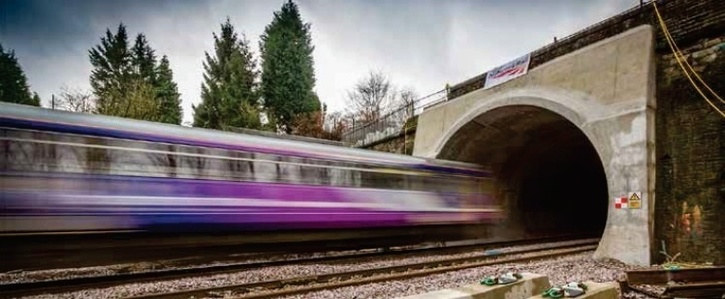
Backing a Crossrail for the North - Connectivity Drives Clusters
Dr Hakim Yadi OBE CEO of the NHSA on why he's backing a Crossrail for the North
To make better use of our time, and the time of our colleagues, we are often encouraged to use technology, such as video conferencing, teleconferences or social media, to bring us together.
But nothing can ever quite replace the value of regular face-to-face meetings that allow you to build a solid relationship with your collaborators or clients. That’s why it’s been so disappointing for us at the Northern Health Science Alliance to hear the government plans to scrap the plans to electrify the agreed train routes in the North. Yet virtually in the same breath the Governments makes a commitment to Crossrail 2 in London.
As someone who very regularly darts between the North’s great cities and London I can attest to the fact that I would much prefer to get between our northern cities more effectively than be able to get to London any faster.
Connecting the North to itself through transport infrastructure investments is critical if the Northern Powerhouse is to fulfil its potential.
The North has the potential to become a mega-cluster in a variety of sectors including life sciences and healthcare. But for it to be a true cluster it requires the ease and free movement of its people. A successful cluster is an environment where you are able to conduct high risk work in a low risk environment. What that means is you are able to change jobs without having to change house or move children from their schools. Work such as starting a new company, whether it be in healthcare, energy or computing is high risk and the chance or guarantee of success are very low.
To encourage people to take these risks and develop the next generation of innovative companies requires the security that a cluster provides. This means that you have the security that if the biotech company you start goes bust you are in an environment where you can easily jump onto the next new biotech start-up in the same city. This has been the reason for much of the success of the Cambridge and Oxford clusters. They encourage a density of risk takers because they are supported by the cluster. Not all are successful but it ensures a higher number are successful than when an entrepreneur attempts to start a company outside of a cluster.
How do we make the North a cluster?
We need to be realistic and recognise that in the North we lack a critical mass of activity in many of our individual cities, but also be visionary to acknowledge the fact that by working across the whole of the Northern Powerhouse that critical mass does exist.
The Northern Powerhouse is home to over 1,000 life science companies. This is why the interconnectivity of our northern cities is key, it allows the establishment of the North as a cluster, enabling entrepreneurs in Sheffield to start new companies in Newcastle, enabling clinicians in York to form a new biotech company in Liverpool or a new tech company to develop in Liverpool using Leeds’ strengths in data science.
Without the connectivity between our great cities, its universities, NHS trusts and thriving company base the North will continue to lose out to some of the more mature and better connected clusters elsewhere in the country.
Yet if we can rally the full support of the North to back this connectivity, as has been seen in the past few days, through IPPR North’s petition, I believe we have the potential to become a world-leading pan regional cluster.
But it will require the whole of the North, and the Government, to work together to achieve it.



